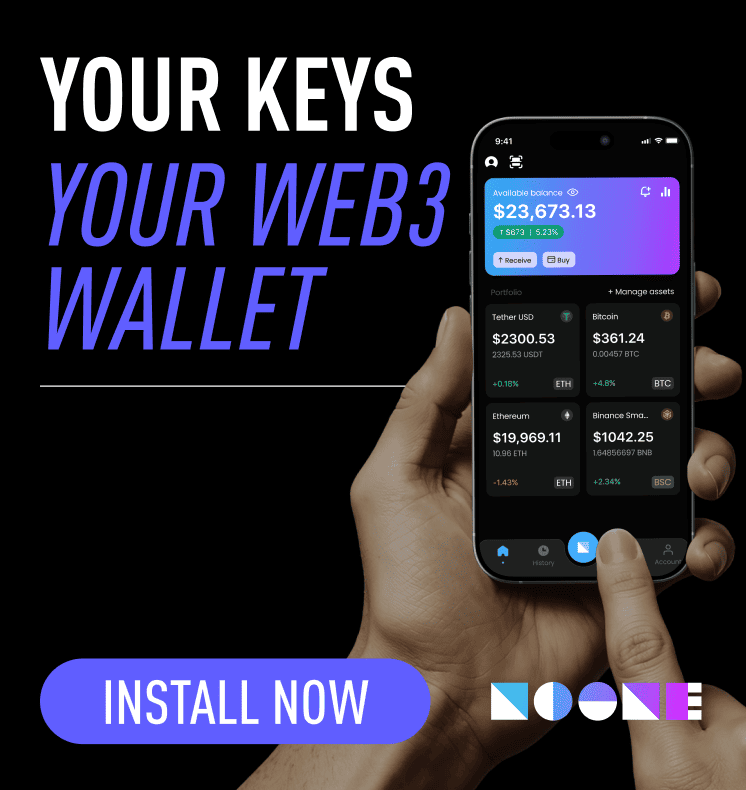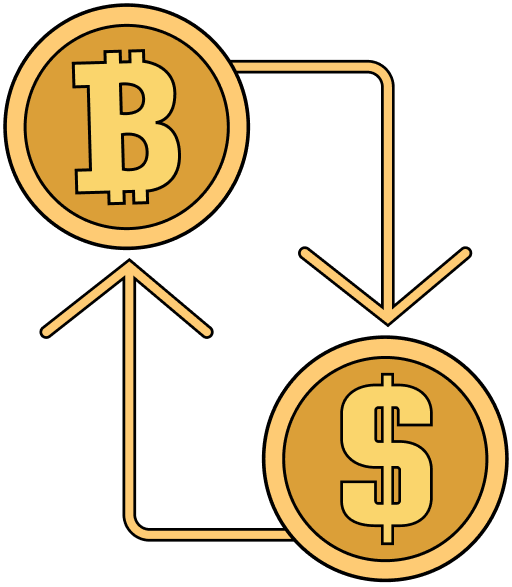Introduction
IDAX Exchange was a cryptocurrency trading platform that offered international users access to digital asset trading, token listings, and blockchain-related services. Founded in 2017, it quickly gained attention within the blockchain industry due to its partnership with the Global Blockchain Research Center (GBC), headquartered in Mongolia. IDAX Exchange provided spot trading across a wide range of coins and tokens, supporting both major cryptocurrencies and smaller altcoins. Its history is also marked by controversy, regulatory pressure, and operational difficulties.
History and Background
IDAX Exchange was launched in 2017 in Mongolia, backed by the Global Blockchain Research Center. The project aimed to create an international platform for digital asset trading, combining blockchain research with practical financial applications. From the beginning, IDAX sought global expansion, targeting users in Asia and beyond.
In its early years, IDAX established itself as a technologically and academically grounded platform by leveraging its affiliation with the research center to instill confidence in an industry widely perceived as high-risk. The exchange maintained an extensive token list, frequently providing exposure to smaller blockchain projects that could not secure listings on major exchanges.
At its peak, IDAX had millions of registered users and daily trading volumes in the hundreds of millions of dollars. This recognition positioned it as a mid-tier exchange, particularly within Asian markets.
Platform Features and Technology
IDAX Exchange offered users a standard set of trading operations typical of centralized exchanges of its era.
-
Spot trading: The primary function was cryptocurrency spot trading, featuring numerous trading pairs including major coins like Bitcoin and Ethereum, as well as newer project tokens.
-
User interface: The platform offered a web-based trading interface with price charts, order books, and transaction history, designed to be user-friendly for newcomers while providing advanced tools for experienced traders.
-
Mobile apps: IDAX provided Android and iOS applications to allow users to trade conveniently on the go.
-
Wallet services: Integrated wallets enabled users to deposit, store, and withdraw digital assets, using both hot and cold wallet methods for security.
Security was emphasized, with encryption protocols, multi-signature wallets, and two-factor authentication (2FA) implemented for user protection.
Token Listings and IEOs
During the period of 2018–2019, IDAX actively listed altcoins and hosted Initial Exchange Offerings (IEOs). The exchange became known for offering smaller projects access to markets they could not reach on larger platforms.
IDAX served as a stepping-stone for blockchain startups, providing token sales and subsequent trading opportunities. It attracted innovative and speculative projects, reflecting the general market conditions of the period.
While this approach increased trading volumes, it also drew scrutiny. Community members questioned the quality of listed projects, highlighting concerns about long-term sustainability.
Community and Market Role
During its operational years, IDAX built communities across Asia and beyond. The exchange promoted itself through partnerships, sponsorships, and local events. By listing various tokens, it positioned itself as a discovery platform, where traders could explore opportunities beyond what major exchanges offered.
IDAX enabled traders to access high-volume cryptocurrencies as well as smaller speculative tokens. As a gateway to international markets, it was significant for blockchain projects as well. These dual roles helped IDAX establish recognition within the industry, though it did not reach the scale of the largest exchanges.
However, rapid expansion also highlighted the risks of the cryptocurrency exchange sector. Lower entry costs for tokens and vague regulations made exchanges like IDAX a focus for both users and regulators.
Regulatory and Operational Challenges
The cryptocurrency sector consistently faced regulatory challenges, and IDAX Exchange was no exception. Operating globally with headquarters in Mongolia complicated compliance with international regulations. As larger exchanges adopted stricter KYC and AML requirements, mid-sized exchanges like IDAX struggled to balance accessibility with regulatory obligations.
By late 2019, the exchange encountered severe issues. Rumors emerged that its CEO had disappeared, raising doubts about the platform’s operations and user funds. Simultaneously, withdrawals were suspended, fueling community speculation regarding insolvency.
Although the exchange initially gained traction by being accessible and community-driven, these developments undermined its reputation and ultimately eroded trust.
Security and Trust Concerns
Despite emphasizing its security infrastructure, IDAX faced criticism in its later period concerning management and fund safety. The loss of its CEO and suspension of withdrawals highlighted the risks of centralized exchanges where users lack control over assets.
These events reinforced a common theme in the industry: without transparency and regulatory oversight, even high-volume exchanges can collapse quickly. The IDAX case remains a cautionary example within the cryptocurrency community, illustrating the importance of due diligence when selecting an exchange.
Decline and Aftermath
With the CEO’s disappearance and fund withdrawal issues at the end of 2019, IDAX Exchange experienced a steep decline. Most users could not access their funds, leading to widespread criticism and uproar. Official communications became inconsistent, and confidence in recovery diminished.
Attempts to resume limited operations were noted, but the exchange never returned to its previous activity level. Its decline serves as a cautionary tale, highlighting the importance of regulatory compliance, transparency, and decentralized solutions where users retain control over private keys.
Lessons from IDAX Exchange
The rise and fall of IDAX Exchange offer several insights for the blockchain sector:
-
Transparency is essential: High-volume trading alone does not prevent failure if management lacks transparency.
-
Regulatory compliance matters: Clear rules provide reassurance for users and institutional investors.
-
Diversified custody: Reliance on centralized storage is risky, as seen with withdrawal suspensions.
-
Community support is insufficient alone: Strong user communities cannot compensate for operational failures.
These lessons continue to influence how exchanges and users approach cryptocurrency trading.
Conclusion
IDAX Exchange was once a thriving digital currency platform, known for accommodating various digital assets and connecting blockchain projects with global traders. Funded initially by the Global Blockchain Research Center of Mongolia, it bridged technology with practical trading knowledge. Regulatory challenges, management issues, and eventual withdrawal suspensions led to its decline. Today, IDAX is remembered more as a cautionary example than as a pioneering platform. Its history reflects the volatility of the cryptocurrency exchange sector, underscoring the need for regulation, trust, and secure custody of digital assets.














 Twitter
Twitter
 Telegram
Telegram
